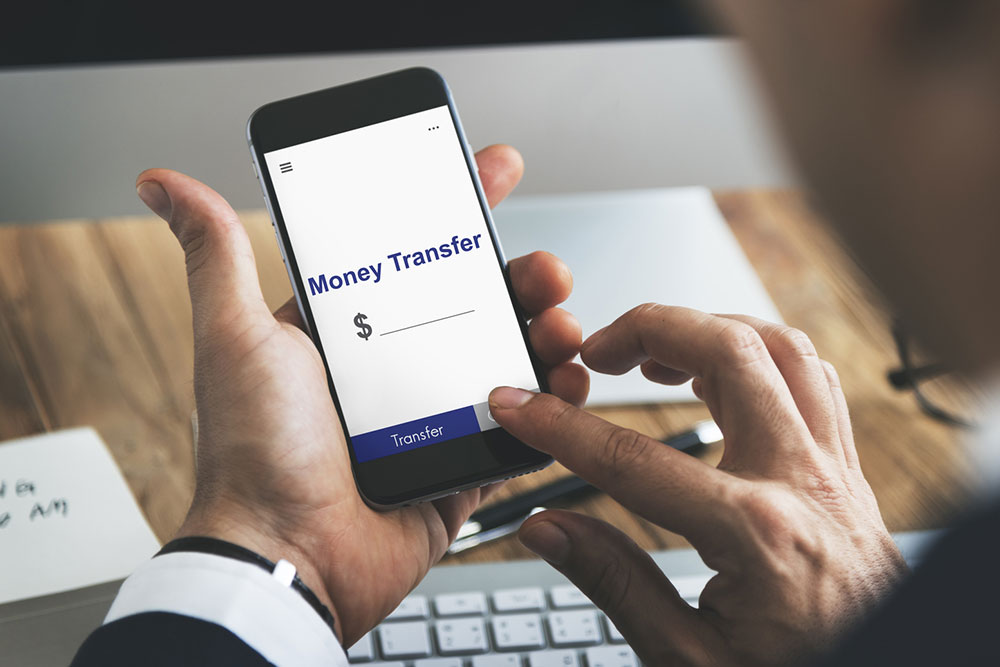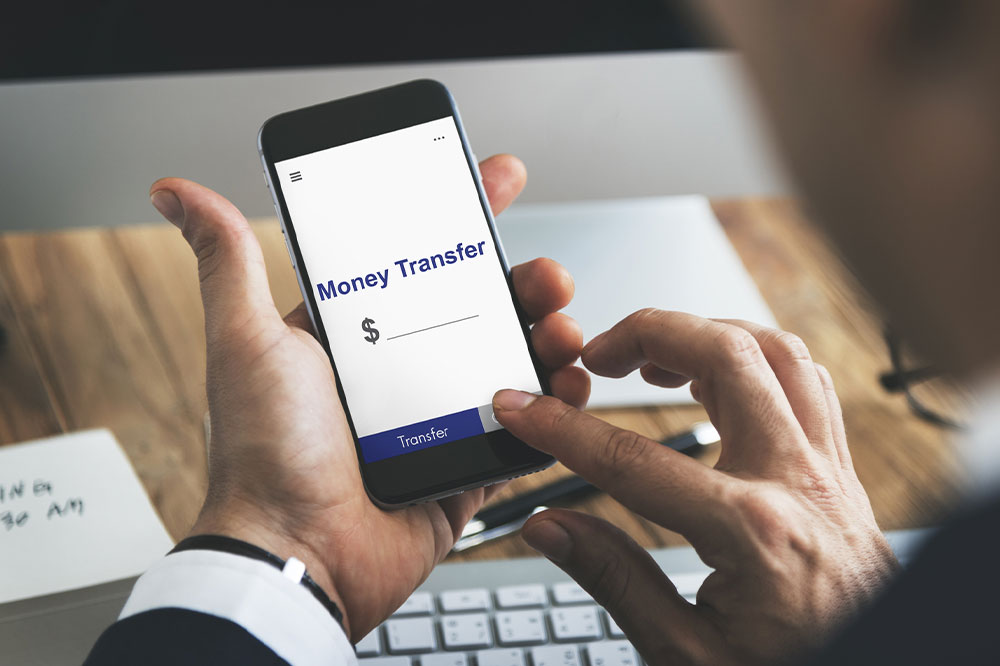Comprehensive Guide to Sending Money Online via Wire Transfer
This detailed guide covers everything you need to know about online wire transfers, including their benefits, detailed procedures, and tips for secure transactions. Learn how to send and receive money quickly and reliably via wire transfer, understanding key details and process steps for domestic and international transfers.

Comprehensive Guide to Sending Money Online via Wire Transfer
In today's fast-paced financial environment, wire transfers have emerged as a cornerstone method for securely and promptly sending money electronically across the globe. Whether you need to make a personal payment, settle business transactions, or transfer funds internationally, understanding how wire transfers work is essential. This detailed guide explores the nuances of online wire transfers, their advantages, procedures, and tips to ensure smooth transactions.
Wire transfers are prized for their speed and security, making them a preferred choice for various financial needs. Unlike traditional check payments, wire transfers offer near-instantaneous fund movement, often settling within hours or a maximum of one to three days. Although international wire transfers may take longer due to additional processing steps, the overall process remains streamlined and reliable.
One of the main benefits of online routing via wire transfer is the significant reduction in wait times. Funds are transferred directly from one bank account to another, bypassing the need for physical paper documents or manual interventions. This characteristic ensures a level of instantaneity and security that traditional methods cannot match, making wire transfers an invaluable tool for both individuals and businesses.
Why Choose Wire Transfers? For many, the appeal lies in the balance of speed and security. Once initiated, wire transfers are almost instantaneous, especially when performed through online banking platforms. This immediacy is crucial in urgent situations, such as emergency payments or time-sensitive transactions. Additionally, because wire transfers are processed through highly secure networks like SWIFT or Fedwire, the risk of fraud or unauthorized access is minimized.
Furthermore, wire transfers are less susceptible to issues like bounced checks or returned payments, provided the sender has sufficient funds, and the details are correctly entered. This reliability reduces the stress associated with other forms of electronic payments and ensures that funds reach the intended recipient securely and on time.
Steps for Sending a Wire Transfer: To initiate a wire transfer, the sender must have accurate bank details of the recipient. This includes bank name, account number, routing number, SWIFT/BIC code for international transfers, and sometimes additional identification information depending on the bank's requirements. Logging into your bank's online platform, navigating to the wire transfer section, and filling out the form with all the necessary information forms the core of the process. You may also need to specify the transfer amount, currency, and whether the transfer is domestic or international.
Most banks provide options for same-day processing if the transfer is initiated early enough and meets certain criteria. Some institutions also allow for urgent wire transfers, which incur additional fees but guarantee quicker settlement times. It is always advisable to double-check all details before confirming the transaction to prevent delays or errors.
On the recipient's side, providing accurate bank information is vital for the swift receipt of funds. Once the transfer is processed, the sender receives a confirmation slip or reference number, which can be used for tracking or resolving any issues that might arise.
While the funds are generally visible within a few hours, it might take one or two business days for international transactions to fully clear, especially if multiple banks or countries are involved. These transfer times depend on various factors, including bank policies, currency conversions, and compliance checks.
Tips for Secure and Efficient Wire Transfers include verifying all recipient details beforehand, opting for secure online banking platforms, and keeping records of transaction confirmations. If transferring large sums, consult your bank for potential limits and additional security measures. Staying informed about currency conversion rates and associated fees also helps in better planning and budgeting.
This comprehensive overview aims to equip you with the knowledge needed to perform wire transfers confidently and securely, whether for personal or business purposes.




